George Lucas created some of the most recognizable and iconic vehicles in Hollywood cinema when Star Wars debuted in 1977. The ships and vehicles from the original trilogy are all iconic in their own right, but some stand above the rest as fan favorites, whether it's because of their shape, armament, or key scenes they were featured in.
The series is constantly introducing new ship designs into the lore, but it's hard to top the originals. These were the ships that changed an entire genre, breathing new life into science fiction, and demanding that everyone else step up to a much higher level of quality, in order to follow suit.
Updated on December 29th, 2021 by Derek Draven: The original Star Wars trilogy introduced audiences to so many amazing ships, and a few more deserve mention for how iconic they became. Many of these ships originally had very little in the way of backstory, but fan enthusiasm and the imaginations of various writers helped flesh them out over time. As such, they've become as legendary as the Star Wars name itself, and have helped expand the legacy of the franchise down through the last 40+ years.
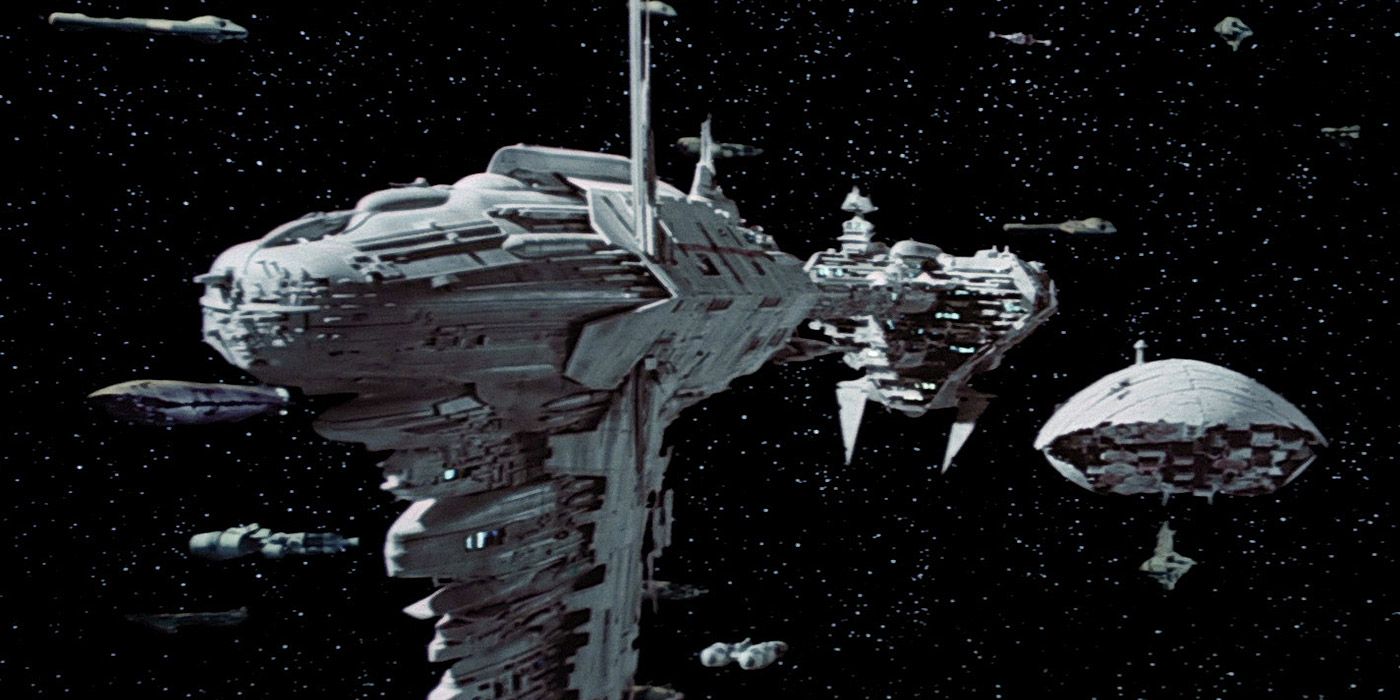
The Nebulon-B was featured heavily in Return of the Jedi as one of the principal ships during the Battle of Endor, against the dreaded second Death Star. Its distinctly odd shape and twin-compartment design made it instantly recognizable for fans of the Star Wars saga.
Despite its appearance, the frigate was capable of holding its own in battles against starfighters, which made it quite versatile in a fight. It was also used as a medical frigate during the Battle of Endor, one of the most enduring scenes of Return of the Jedi, to this day.
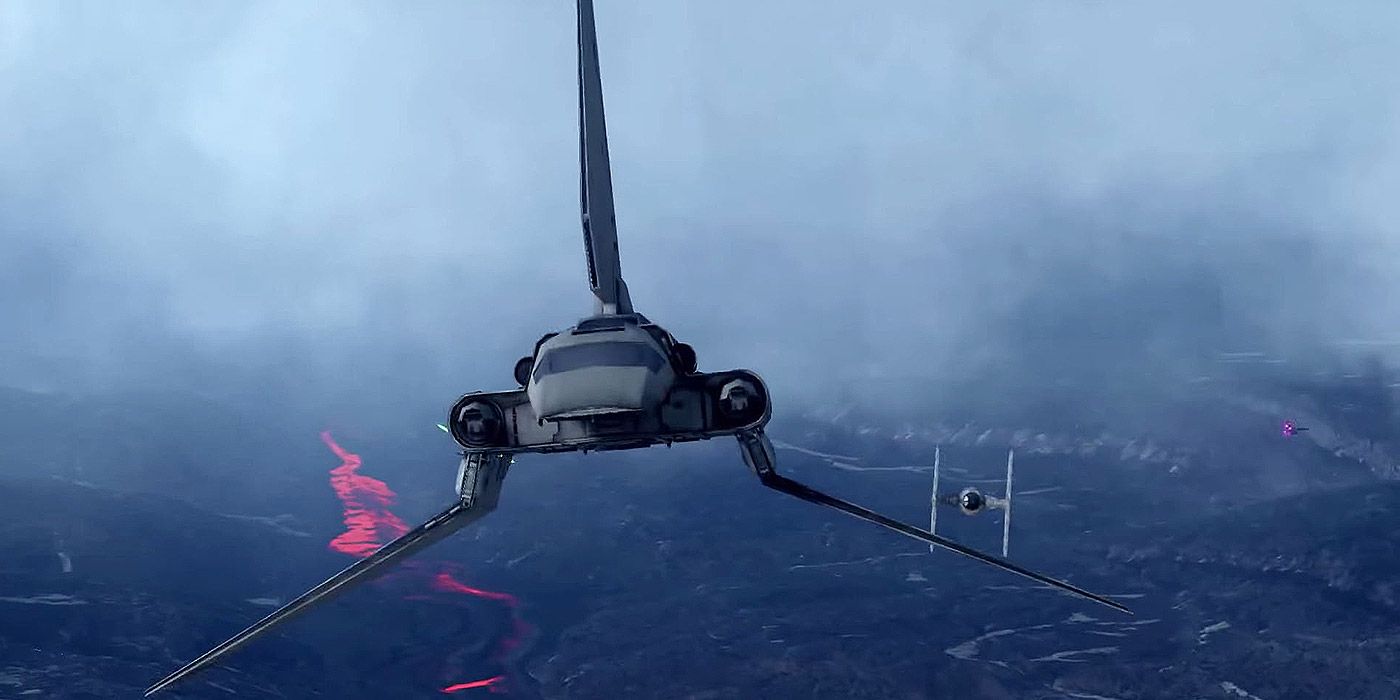
The Imperials utilized the Lambda shuttle as a cargo and carrying vessel, but it also ferried high-ranking dignitaries like Darth Vader, and even Emperor Palpatine, about the galaxy. Designed by Sienar Fleet Systems, a popular military contractor with the Galactic Empire, the Lambda shuttle was of an especially unique design.
Lambda shuttles were equipped with a hyperdrive mechanism and consisted of a three-wing design. The side wings would fold up to clear the way for landing, and deploy when the ship cleared a shuttle bay. They also had deflector shields, short-range sensors, and were equipped with blaster and laser cannons for protection.
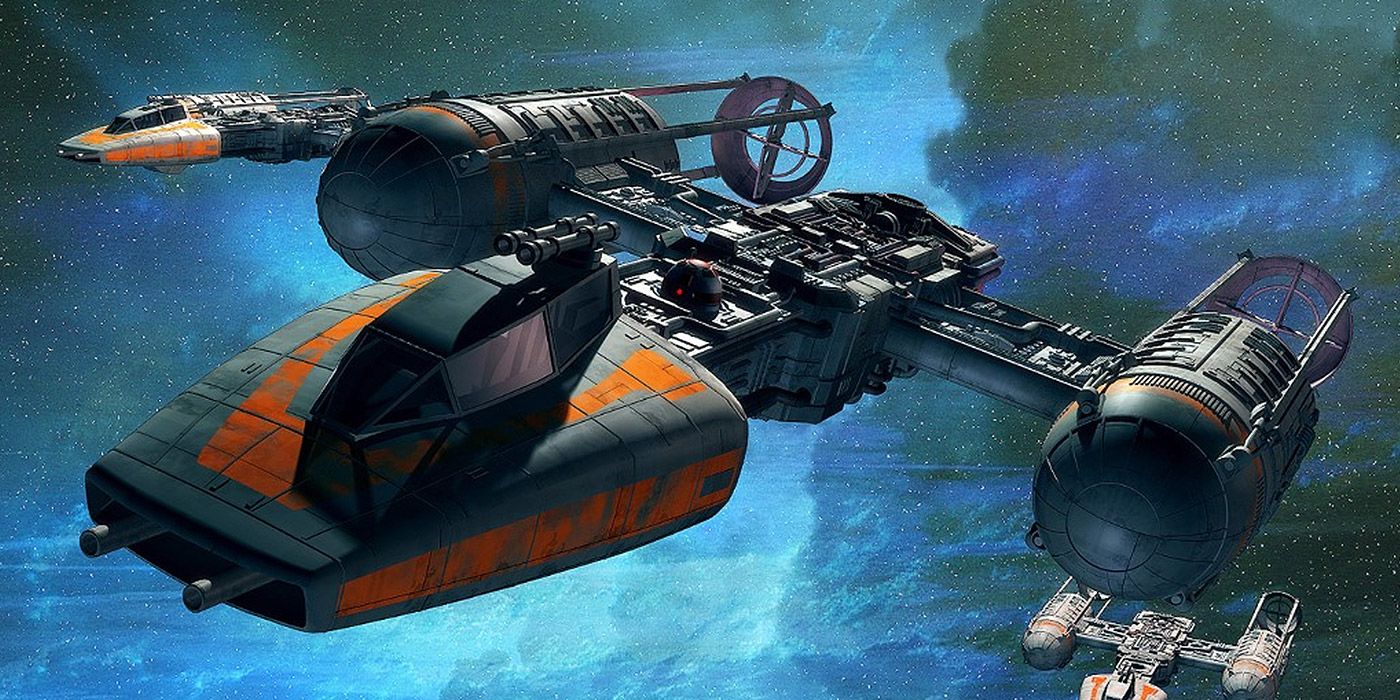
The Y-Wing might look slow and clunky, but it was instrumental in many of the Rebellion's campaigns against the Galactic Empire. They were designed by Koenasyr Manufacturing during the Clone Wars but were later retrofitted after the conflict had ended, particularly when the Rebellion was founded.
These ships were designed specifically as bombers, and as such, usually required an escort of X-Wings or A-Wings in order to reach their targets. They did possess defensive weaponry, but it was largely wasted against the Empire's extremely fast and nimble TIE fighters, which found the Y-Wing to be easy prey.
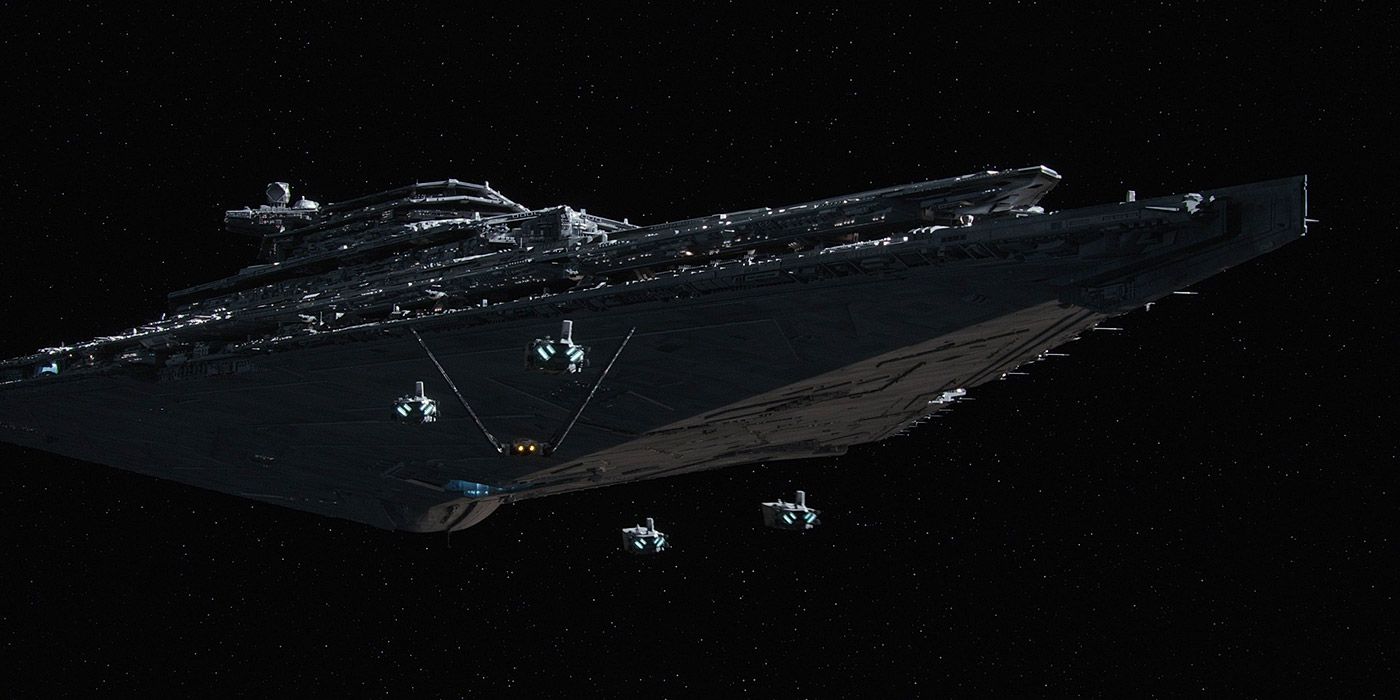
Though it featured less prominently in the films, the Super Star Destroyer was considered a nightmare in space, thanks to its colossal size. As such, only a handful of them were made, including Darth Vader's personal command ship, the Executor. In contrast to its regular Star Destroyer brethren, the ship sported a much darker and more ominous paint job.
The size difference between the ship, and a regular Star Destroyer was astronomical, and as such, they were regarded just as much as propaganda tools, as they were effective mobile command centers. Going up against a Super Star Destroyer was considered an act of suicide, though Admiral Ackbar's decision to concentrate all fire on one of them during the Battle of Endor helped save the day.
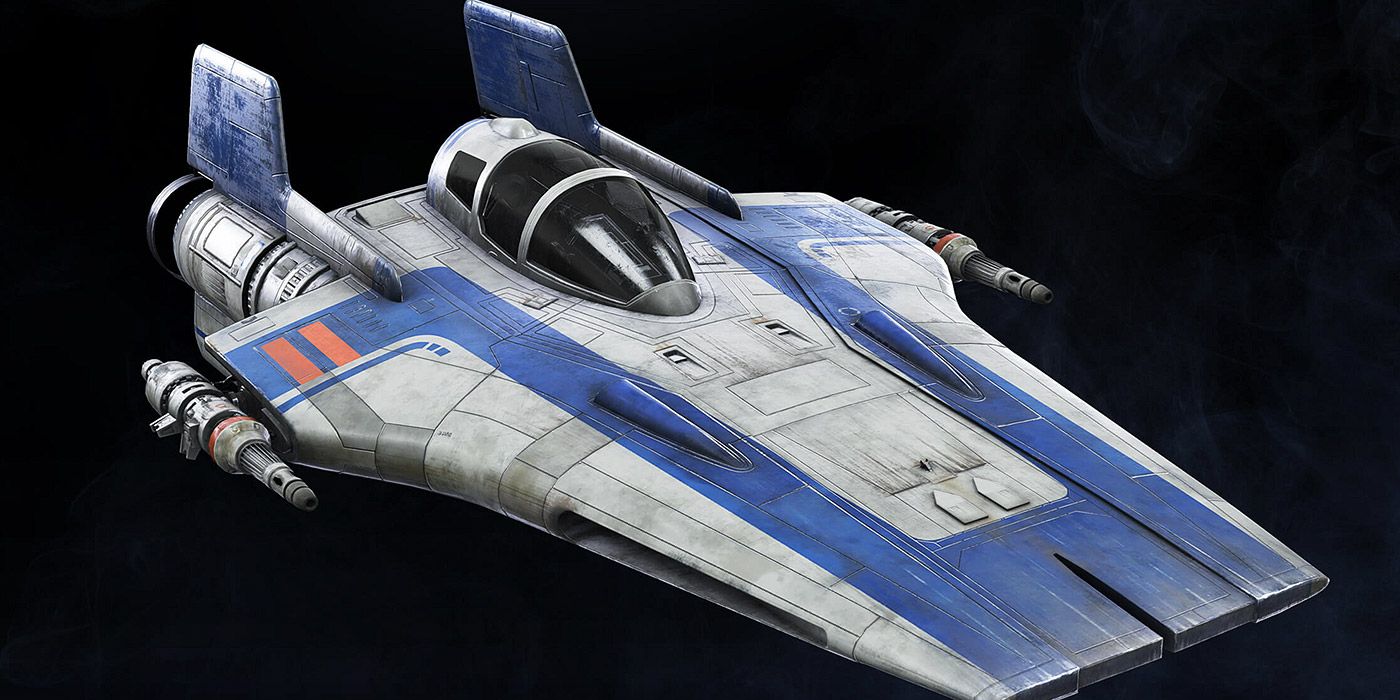
When the Empire began using TIE fighters, the Rebellion found themselves outclassed against a ship with superior agility and speed. To compensate, they began using A-Wings, which were just as fast, and extremely nimble in combat. They were developed by Kuat Systems Engineering and found action as far back as 18 years before the Battle of Yavin.
The A-Wing came in several different variants and was used as an escort craft, attack craft, and reconnaissance craft, making them highly versatile. They became symbols of the Rebellion in their own right and went on to see action in the days of the New Republic, following Palpatine's demise.
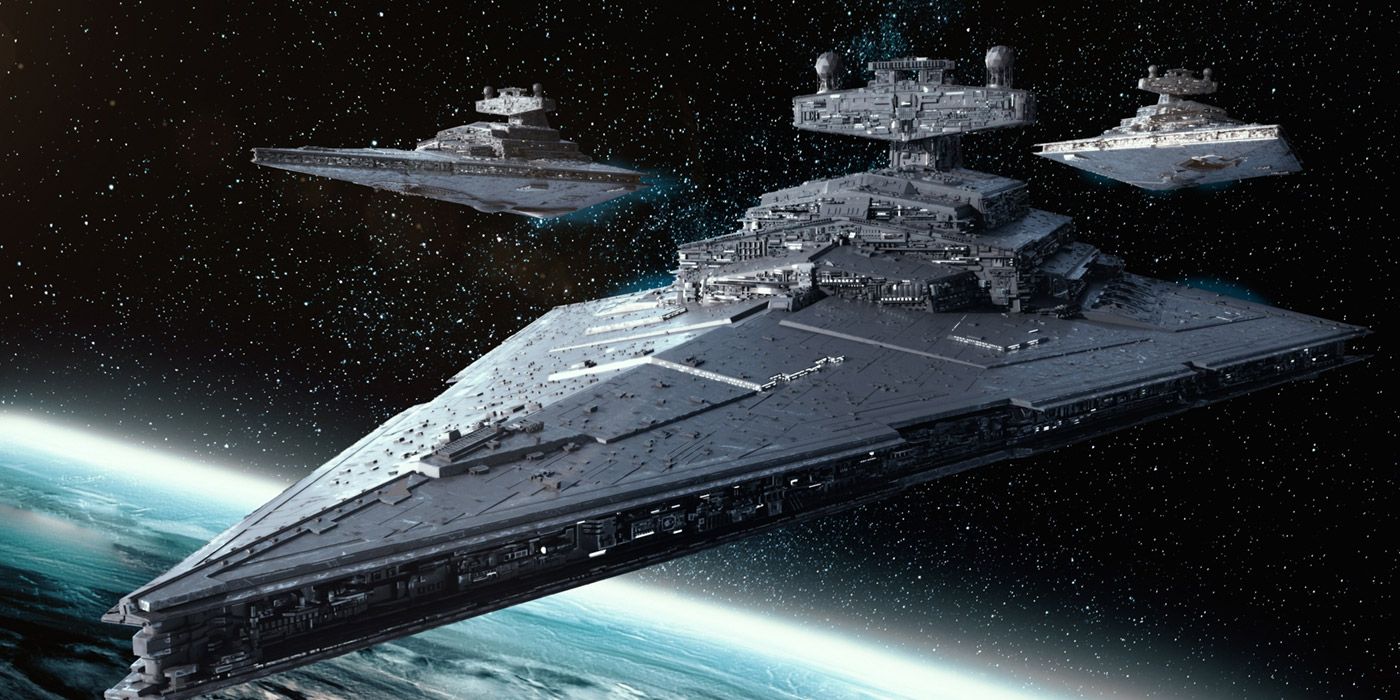
The Star Destroyer is one of the most easily recognizable ships in all of Star Wars, thanks largely to the post-opening credits sequence of the original film. Developed by Kuat Drive Yards during the Clone Wars, the earliest Venator-class destroyers would serve as the groundwork for the signature Imperial successor.
A key fact about Star Destroyers was their use as a weapon of terror across the galaxy, thanks to its heavy armaments, which were capable of obliterating entire cities from orbit. They were also extremely fast, despite their huge size, and could be used as transports, or attack vessels in combat.
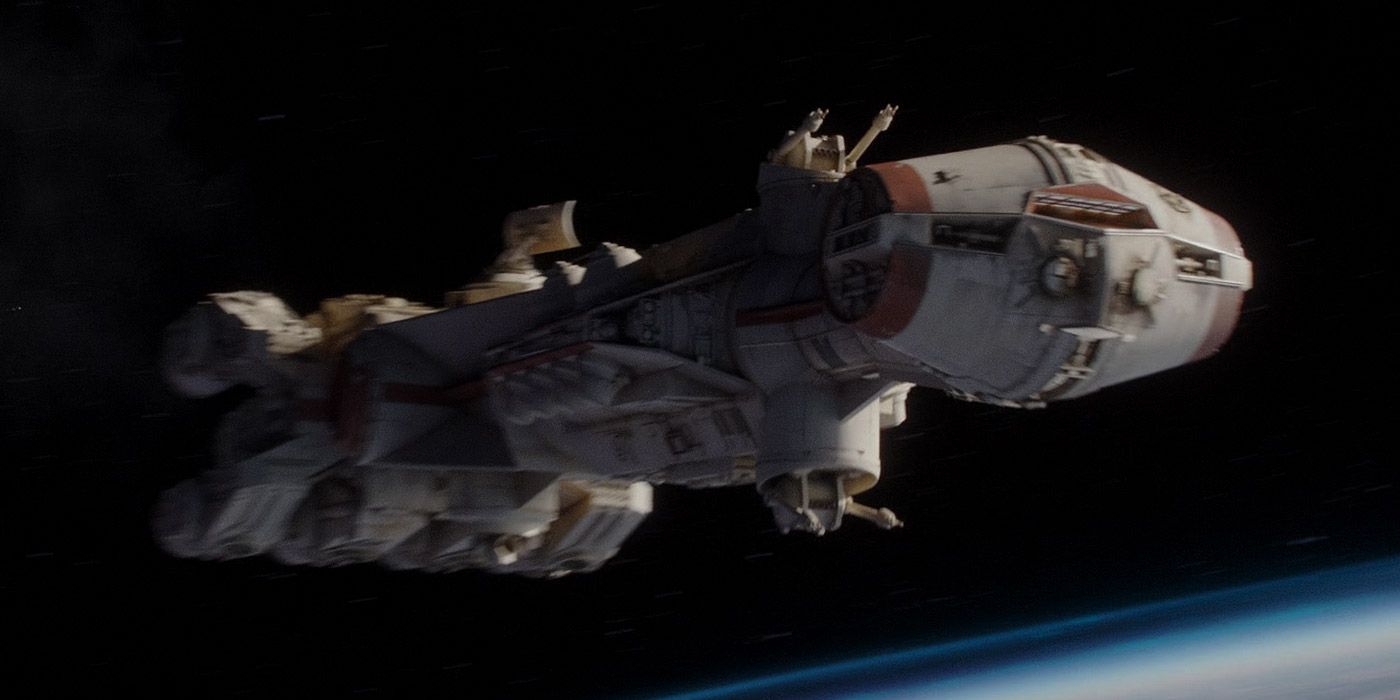
The CR90 was considered a mainstay of the Rebellion, thanks to some solid engineering by the Corellian Engineering Corporation. It saw heavy use on Alderaan, where it was used by Bail Organa and his representatives as transport vessels. It was also the ship that escaped the Battle of Scarif and bought Princess Leia time to hide the Death Star's original plans in R2-D2.
The ship was not heavily armed for combat, but it did see action primarily as a support vessel during many operations against the Empire. It saw use during the Clone Wars but was later kept on hand as a key vessel in the anti-Imperial campaign that followed.
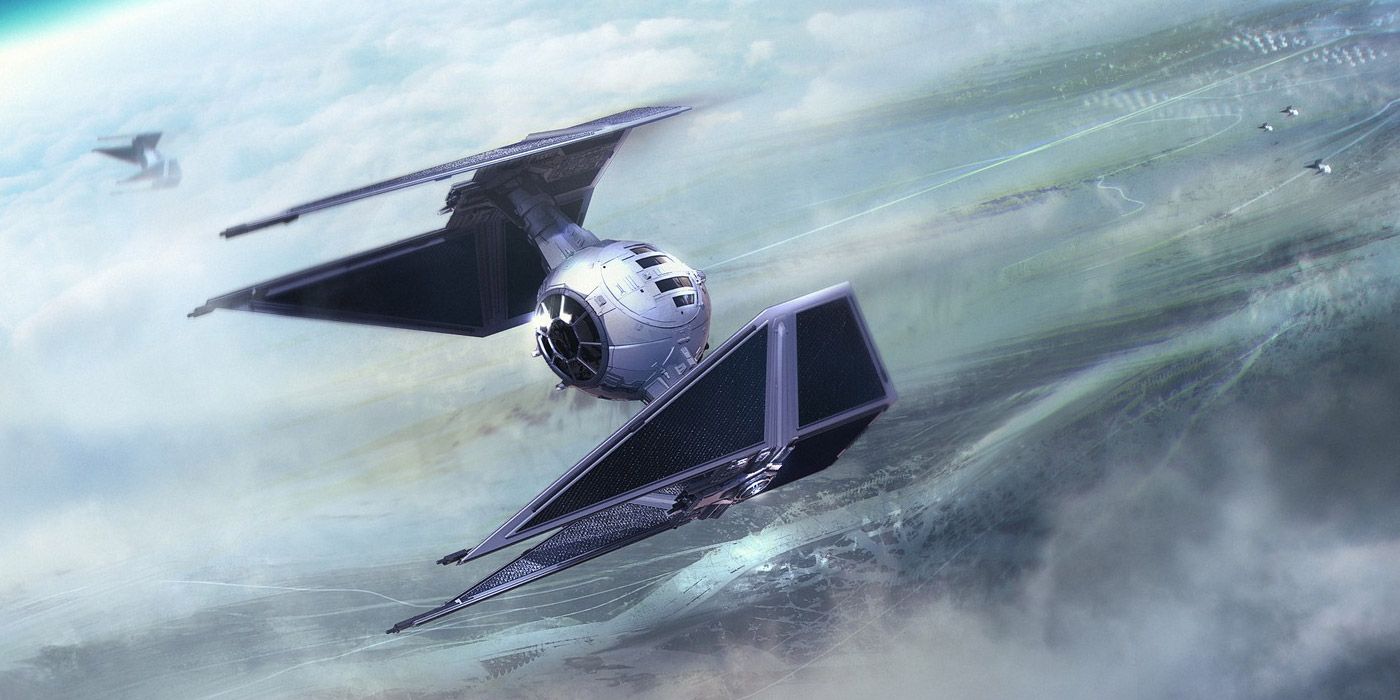
The original TIE fighter was considered a low-cost success within the Empire, but Sienar Fleet Systems also created several variants with a bit more firepower and defensive capabilities. One of these was the TIE Interceptor, notably different from its stock TIE variant in several ways.
The most obvious difference was the inclusion of four sharp wing panels, each one housing a laser cannon. It was faster than a TIE fighter, thanks to upgraded twin-ion engines (TIE), and its upgraded weaponry was far more punishing. Yet, the Empire's design philosophy prohibited the use of a hyperdrive mechanism, or a shield generator, in order to keep it fast.
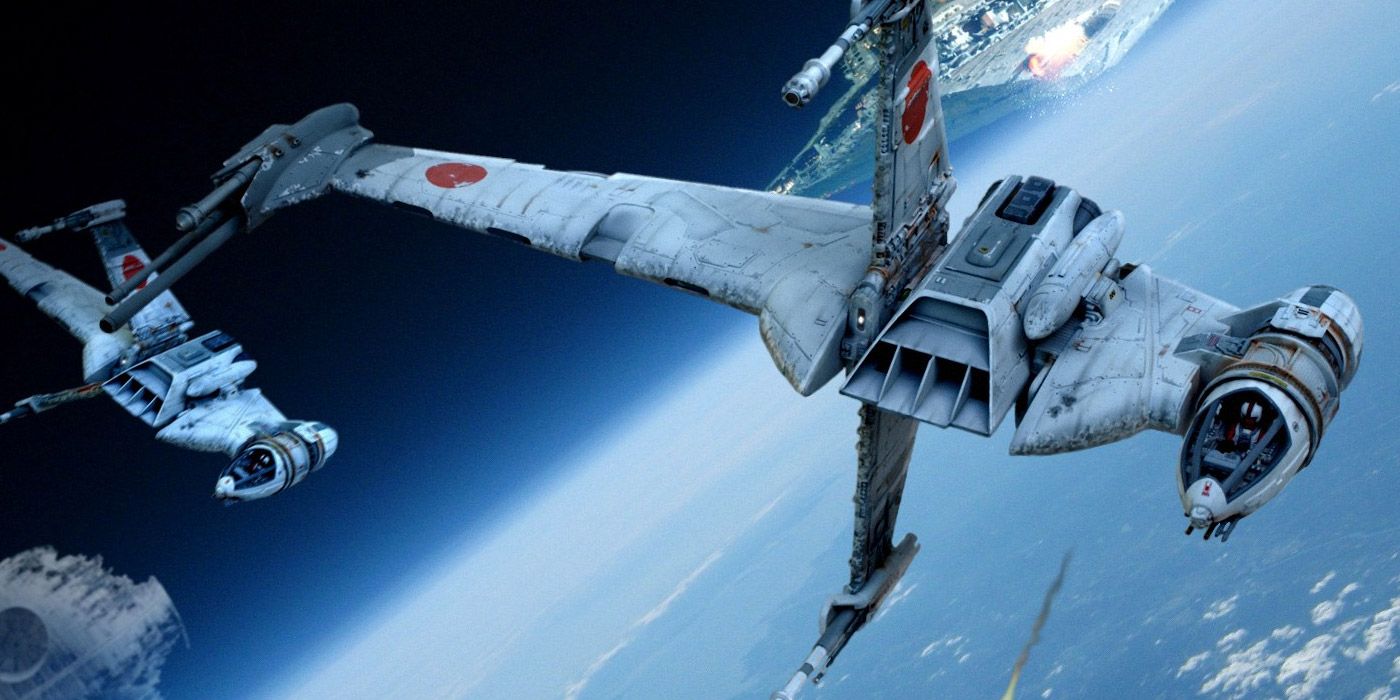
The B-Wing is one of the strangest ships in the Star Wars universe, and many fans still have trouble figuring out what the design philosophy was behind its creation. Developed by Slayn & Korpil, the ship was first designed by a Mon Calamari engineer, the B-Wing was meant as an attack dog against larger capital ships.
As such, it suffered in a dogfight scenario, making it welcome prey for TIE fighters, but its heavy weaponry and distinct design made it very effective against larger craft. Unfortunately, it was also a very high-maintenance ship that required significant costs in order to stay active.
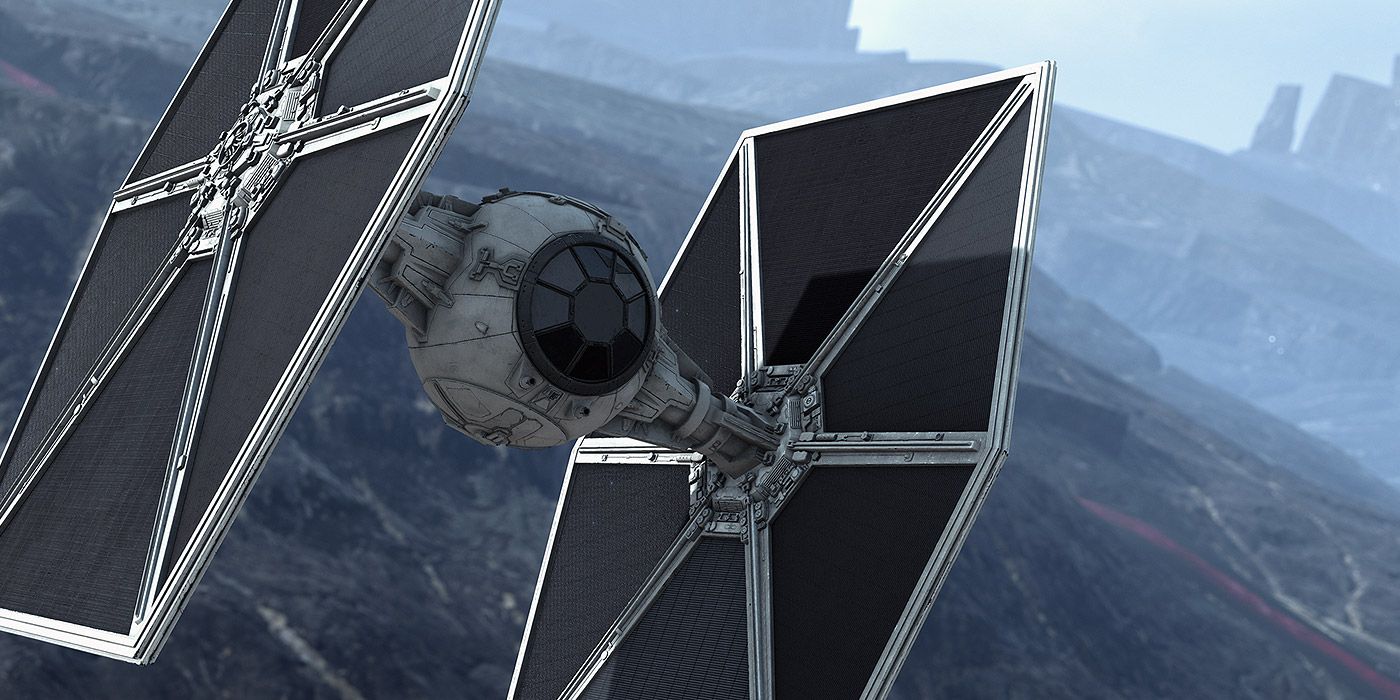
The Twin Ion Engine (TIE) fighter was the Empire's primary attack ship, boasting impressive speed capabilities and agility that made them hard to target in a fight. As such, they were considered just as much a tool of psychological warfare, as they were a combat vessel. One key technical fact about TIE Fighter design revolves around the Empire's attitude regarding the expendability of soldiers in combat.
As such, they have no shield generator or a hyperdrive motivator. This was bad news for the pilots, who rarely lived long during their careers. Besides its distinctive design, the TIE Fighter was also capable of scaring the enemy, thanks in large part to its high-pitched engine howl.
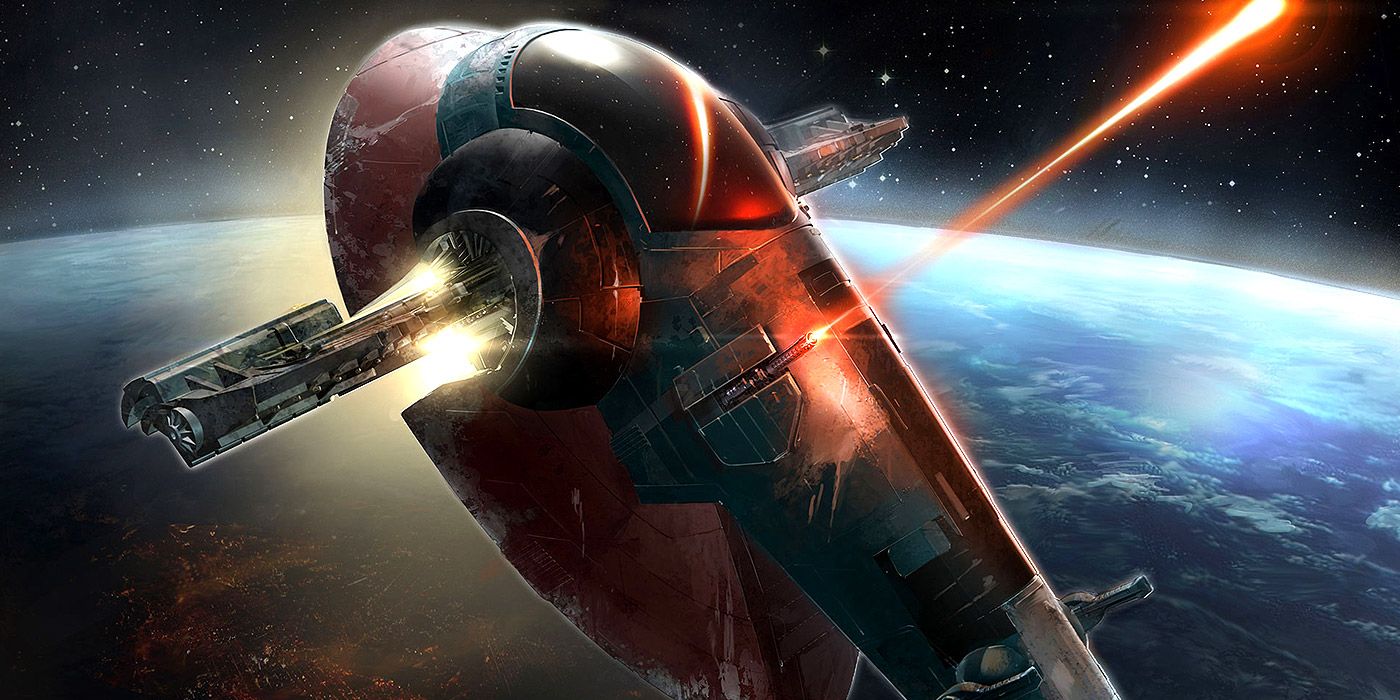
Jango Fett relied on a modified Firespray-31 attack craft which he named "Slave I" in all of his dealings, and the ship was remarkably effective. It served him as a bounty hunter until his death, at which point his young "son" Boba Fett claimed ownership of it, and made it his go-to vessel.
Slave I was the perfect ship for a bounty hunter, thanks in large part to its ability to stay under the radar. When it came time to fight, the ship was nimble enough to win out, and was loaded for war. it featured twin ion cannons, proton torpedo launchers, and deadly seismic charges that could obliterate a squadron caught in the blast radius.
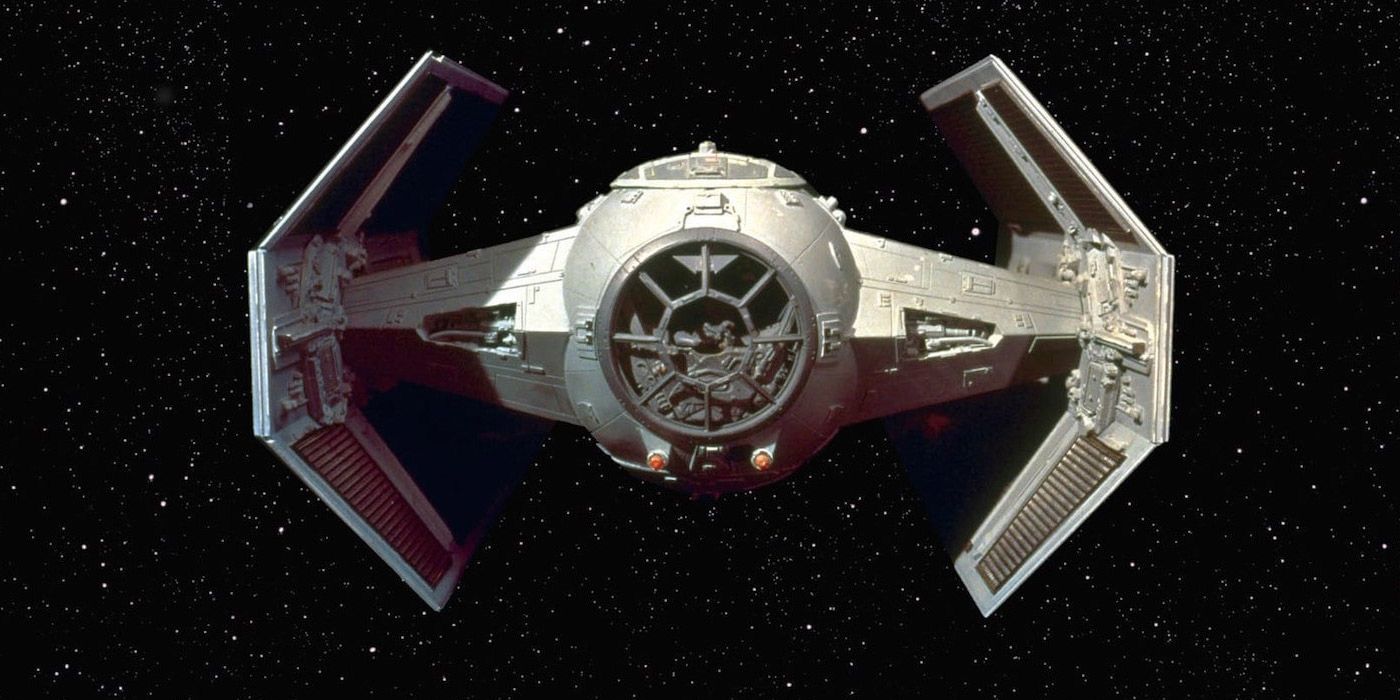
In the first Star Wars film, Darth Vader piloted his own personal TIE variant during the Battle of Yavin, which he used to take down multiple Rebels making a run on the Death Star's exhaust port. It was a heavily modified prototype designed for his specific use as leader of Black Squadron.
The biggest, and most noticeable differences between Vader's X1 and a regular TIE Fighter was the inclusion of a shield generator, and a hyperdrive motivator. It could also carry cluster missiles, it sported a much tougher hull, and it also had a life support system. This made it the running quarterback of the TIE Fighter line.
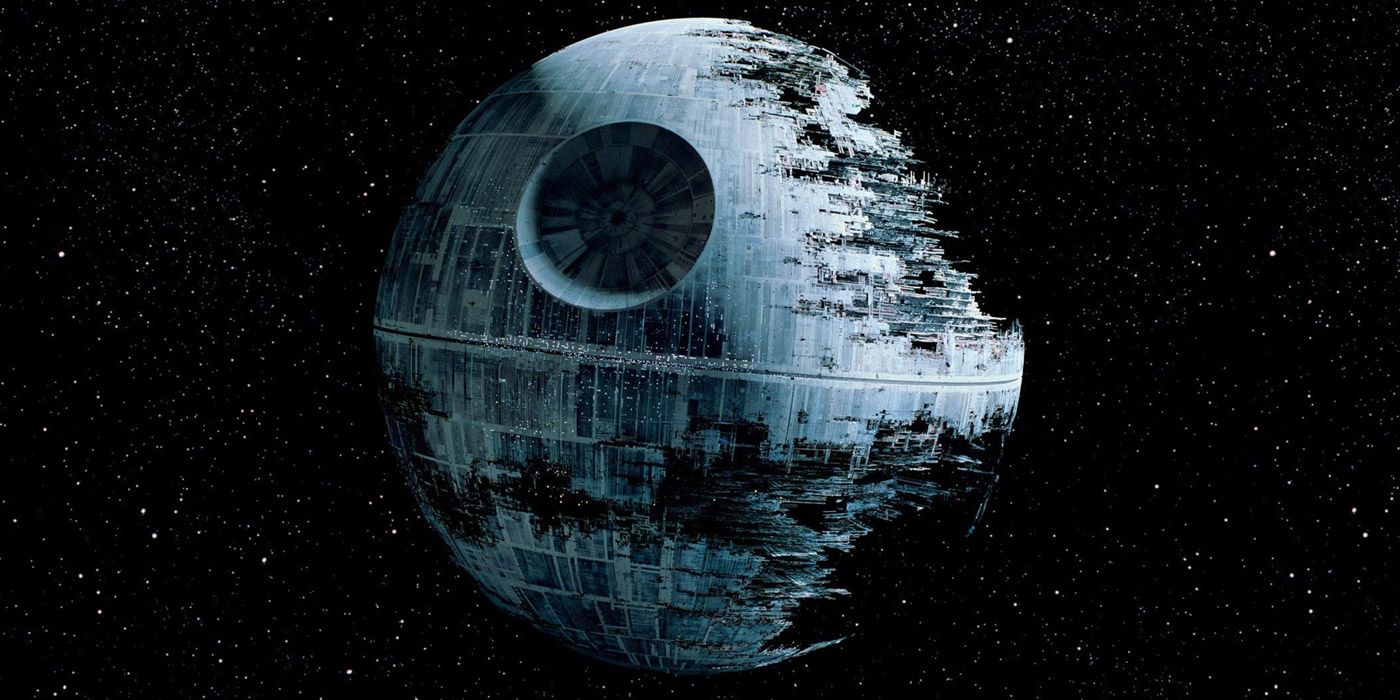
This gigantic orbital space weapons platform continues to be one of the most iconic designs in Star Wars, right to this day. The Death Star was the Empire's most ambitious weapon of mass destruction, intended to strike fear into the heart of the galaxy, and keep the Empire's systems in line.
As such, it became an immediate target for the Rebellion, which saw it as the ultimate embodiment of a fascist dictatorship. The Death Star was enormous, capable of obliterating an entire planet and could travel via hyperspace. One particularly interesting Death Star fact involves its real-world costs, which would measure in the octillions.
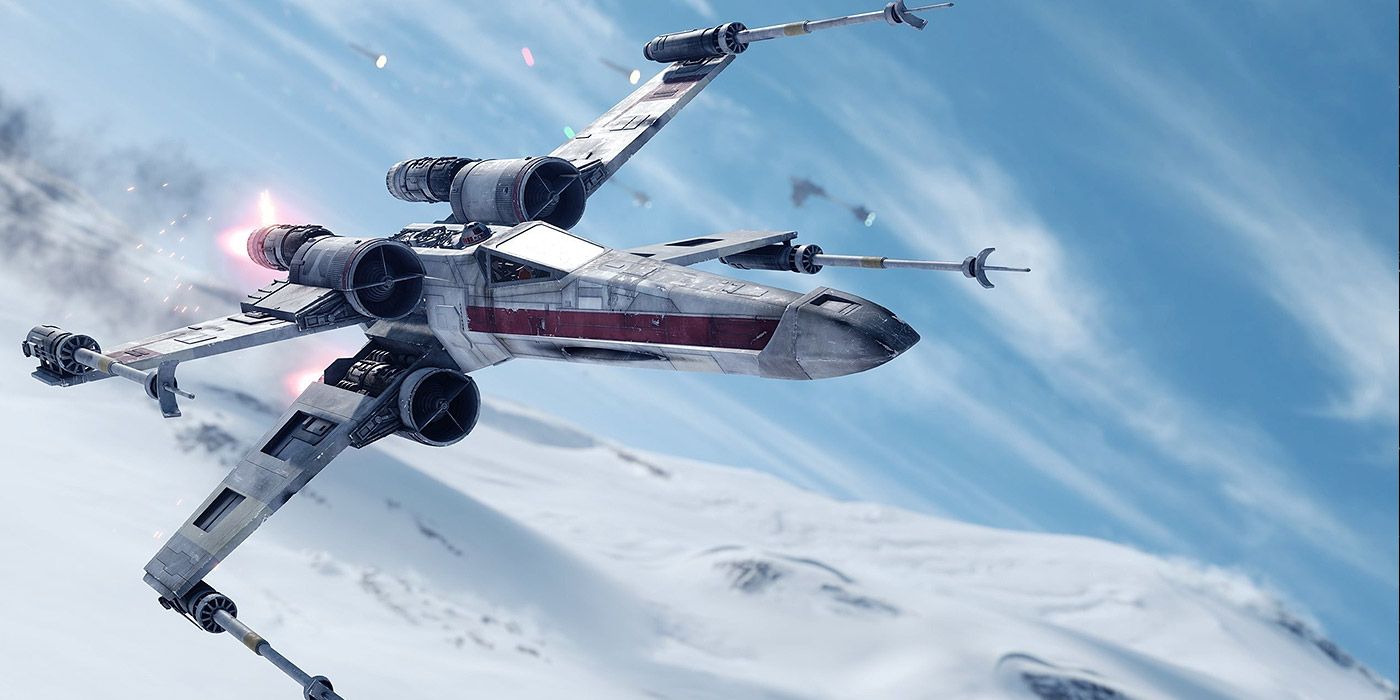
Incom Corporation's finest product was by far the X-Wing, one of the most iconic Star Wars ships ever created. It was the symbol of the Rebellion; a ship capable of holding its own in dogfights, acting as beefy enforcers during a brawl, and capable of harassing capital ships with a high degree of success.
The X-Wing was so named due to the ship's S-foil design, which allow the two wings to split into four during combat. When deployed, the four laser cannons could fire in a variety of modes, depending on the situation. It also had a shield generator, and a hyperdrive motivator, making it an effective long-range transport vessel.
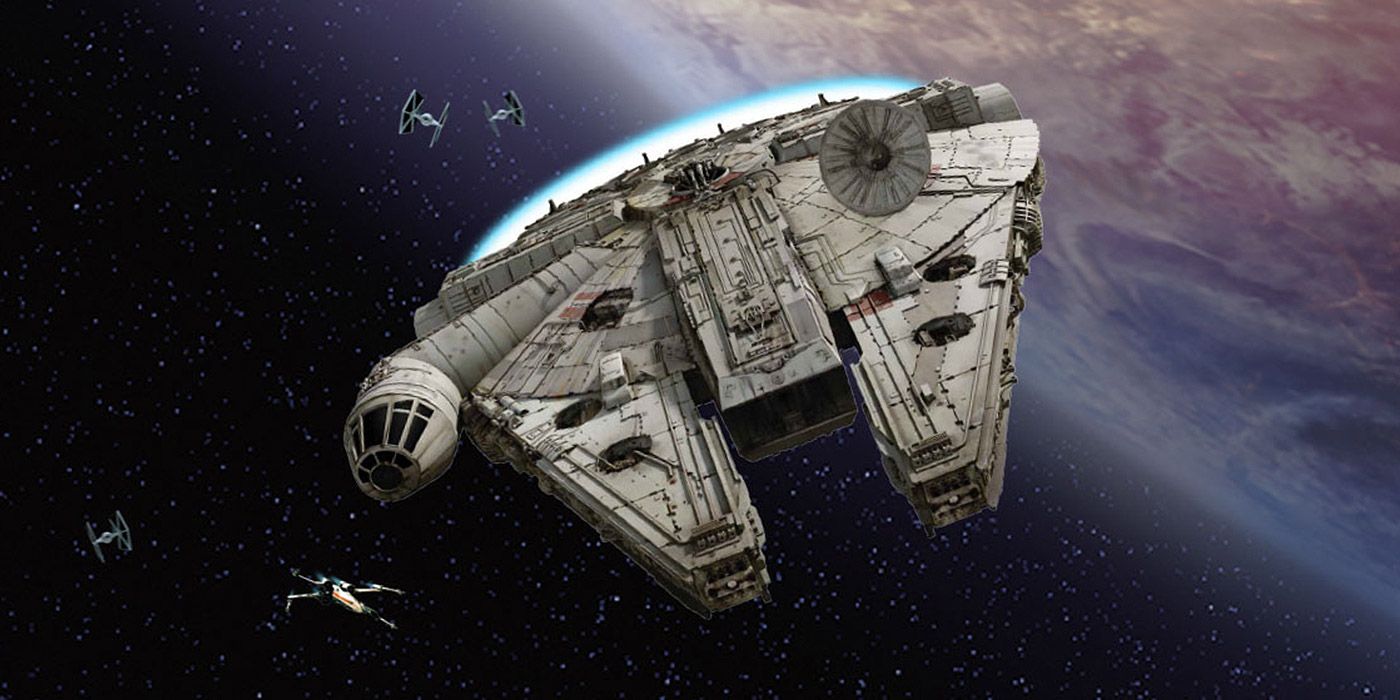
Han Solo's infamous bucket of bolts continues to be the most recognizable ship in Star Wars, thanks to its signature design, notorious reputation, and a ton of excellent scenes it was featured in. It is essentially nothing more than a heavily modified YT-1300f light freighter used by Han Solo and Chewbacca during their smuggling runs.
However, the Millennium Falcon would go on to make a name for itself, thanks to its participation in the Battle of Yavin, and the Battle of Endor. It was considered one of the fastest ships in the galaxy, though its reliability was considered poor, and often broke down at the worst of times. Still, it did manage to prove that it was not just a hunk of junk, on several key occasions.
from ScreenRant - Feed https://ift.tt/38N9cQj






0 Comments
Please don't use vulgar comments and avoid discussion on Religious matters